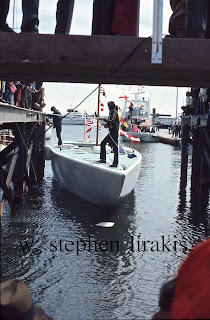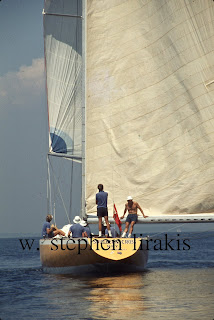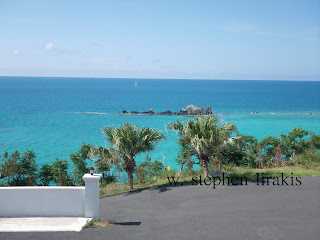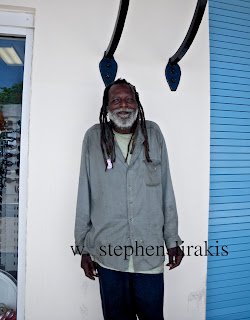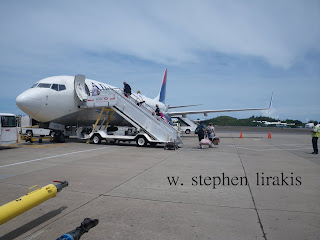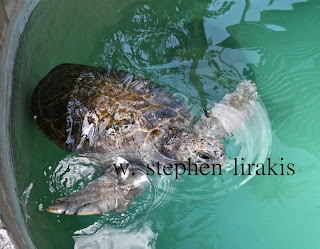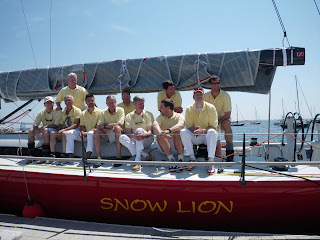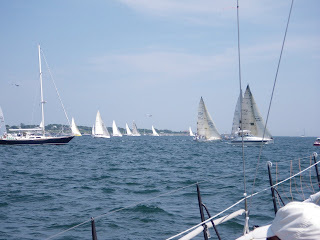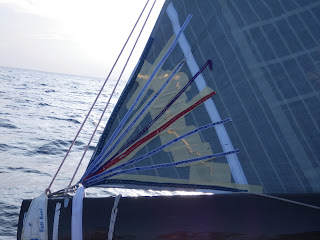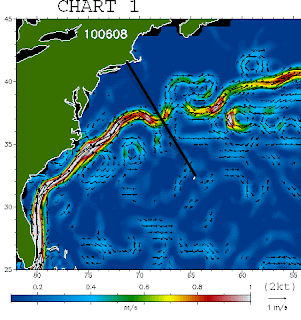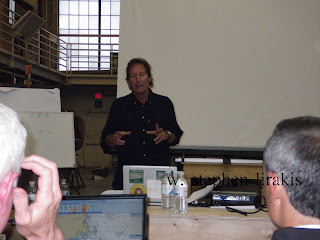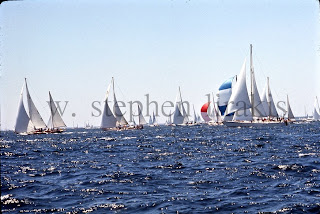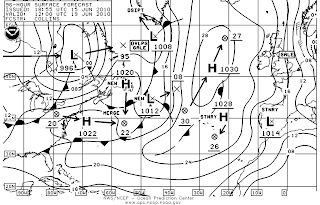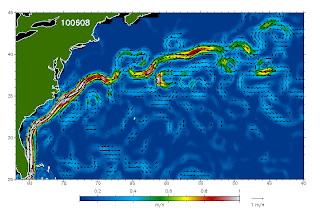Month: June 2010
Bermuda Race 2010 video
video of the Bermuda Race 2010
BERMUDA
Our destination, Bermuda, a beautiful Island with a long history. Since my first Bermuda race (1966) life here has changed. There are homeless, unemployment, tragedy strikes even in paradise. Still, as visitors, we are inclined to see only the beautiful.
Despite our trouble in the race, the torn mainsail, we finish in 78 hours, the fastest in four races, only the big boats are in and no one finishes the next morning as we go to breakfast. The quick passage lays to rest any concerns I had about making my flight. Leaving is always ambiguous, but my wife is at home.
The airport is one of my favorites, I like the idea of no jetway, but rather walking out on the tarmac to the plane. Somehow in my mind it qualifies as an inspection of the plane.
BILL SHAY’S ASHES ARE COMMITTED TO THE SEA
Shortly after the Gulf Stream during the Bermuda Race, Bill Schneider committed Bill Shay’s ashes to the sea, while Larry Huntington read John Masefield’s “Sea Fever”. Bill was a long time friend and shipmate to many of us. Larry first met Bill at the finish of the 1957 Transatlantic race to Spain. A sober moment in the counterpoint of sun and sea.
Bermuda Race 2010
The story of the torn mainsail will remain the focal point of the 2010 Bermuda Race for our crew, however the race had many other stories. We never had more than 30 knots of wind, about what the rest of the fleet experienced. We were all stacked to windward when off watch, just like everyone else as well.
SEVEN MINUTES
I am back home this evening from Bermuda. I sailed the Bermuda Race aboard Larry Huntington’s “Snow Lion”. The boat was well prepared, we had a new North 3Di mainsail. We had sailed together in the Block Island race and the NYYC Spring Regatta.
Seven minutes into the race the clew of the new mainsail failed. There was a collective groan, we all knew what this represented for Larry. My first thought was: “I know Larry will not withdraw”, followed by: “I might not make my flight home..”We watched our class sail away from us, while we accessed the problem and developed a solution. We reefed and started stitching. Once we felt the clew was stabilized enough we unreefed and continued to stitch. About a total of forty hours of sewing.
We could not sail at 100%. We nursed this sail right to the finish. We managed a second in class and 14th overall, but in my mind the race will always be remembered by the crew for something else. Everyone contributed to the solution, everyone picked up where the last person left off. We behaved as a team with a single purpose. The result was a sense of satisfaction that cannot be measured by results. No one ever quit, they just kept trying harder.
The last supper
Ok, it’s race day, game on. If we have prepared well, we are ready. The gulf stream and weather are going to make this race more challenging than I remember in the past. There are so many “If” moments. If we can get to this point before the wind sifts, If we can stay in favorable current.
We hosted a crew dinner last night. This is a group with whom I have sailed with starting in 1969. Jack Cummiskey and I have sailed 3 transatlantics together, 5 Bermuda races, 2 Fastnets. Jack’s only problem is that he is way to smart. Great shipmate and friend.
Click here to see a video of what others think of the race, courtesy of scuttlebutt.
Expedition Seminar
Last evening, I along with approximately 30 other fellow sailors listened to Peter Isler speak about the routing program Expedition. Developed by Nick White from New Zealand; it is a very powerful easy to use program.
This event was held at IYRS (International Yacht Restoration School) and organized by Custom Offshore Jonathan and Jeffrey Udell.
I found it outstanding as Peter explained how he customized the program for his logic, his use.(Peter will be navigating “Ttian” in the Bermuda Race. Looking at his projections, he expects to be at the north wall of the Gulf Stream just as the wind dies (about 18 hours into the race)
Given that this year there is a meander that flows along the rhumb line straight to Bermuda; we will all be trying to enter this at about the same place. It could get crowded.
see you on the starting line tomorrow.
Am I Ready?

.jpg)

